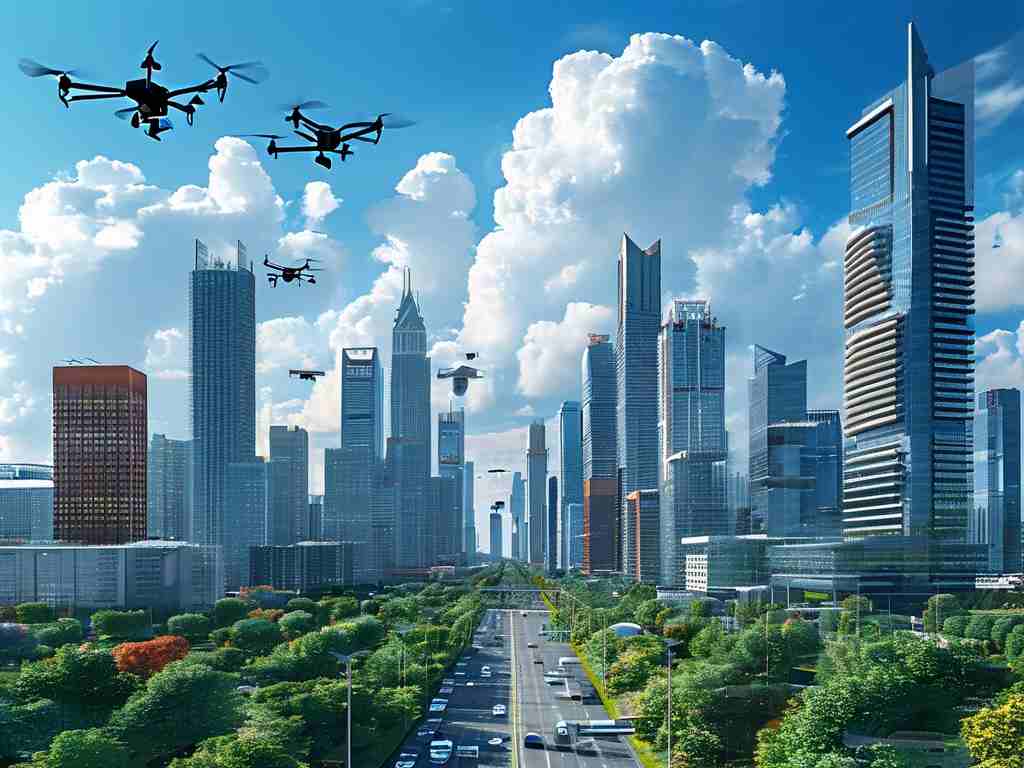The rapid evolution of information technology (IT) has reshaped industries, societies, and daily life. From classical computing to cloud infrastructure, IT advancements have driven progress for decades. However, a new paradigm is emerging: quantum information technology (QIT). This revolutionary field combines quantum mechanics with computational and communication systems, promising unprecedented capabilities that could redefine the future of IT. But what exactly is quantum information technology, and how does it differ from classical IT? Let’s explore its fundamentals, applications, and transformative potential.

Understanding Quantum Information Technology
Quantum information technology leverages the principles of quantum mechanics—such as superposition, entanglement, and quantum tunneling—to process and transmit information. Unlike classical computers that rely on binary bits (0s and 1s), quantum systems use qubits, which can exist in multiple states simultaneously. This enables quantum devices to solve complex problems exponentially faster than classical counterparts.
For instance, while a classical computer analyzes data sequentially, a quantum computer explores all possible solutions at once. This parallelism is particularly advantageous for tasks like cryptography, optimization, and molecular modeling. Moreover, quantum communication systems exploit entanglement to enable ultra-secure data transfer, immune to eavesdropping.
Key Differences Between Classical and Quantum IT
-
Computational Power:
Classical IT operates within the limits of Moore’s Law, which predicts the doubling of transistors on a chip every two years. However, as silicon-based chips approach atomic scales, physical limitations hinder further miniaturization. Quantum computing bypasses these constraints by harnessing quantum states, offering solutions to problems deemed intractable for classical systems, such as factoring large primes or simulating quantum physics. -
Data Security:
Classical encryption methods (e.g., RSA) rely on mathematical complexity, but they are vulnerable to quantum algorithms like Shor’s algorithm. Quantum cryptography, particularly quantum key distribution (QKD), uses the principles of quantum mechanics to create unbreakable encryption. Any attempt to intercept a quantum signal alters its state, alerting users to potential breaches. -
Energy Efficiency:
Quantum processes, such as quantum annealing, can solve optimization problems with minimal energy consumption compared to classical brute-force approaches. This efficiency could revolutionize industries like logistics, finance, and energy management.
Applications of Quantum Information Technology
-
Cryptography and Cybersecurity:
QIT’s impact on cybersecurity is twofold. While quantum computers threaten existing encryption standards, quantum-resistant algorithms and QKD systems are being developed to safeguard data. Governments and corporations are already investing in post-quantum cryptography to prepare for this shift. -
Drug Discovery and Material Science:
Quantum simulations can model molecular interactions at atomic levels, accelerating drug development and the creation of advanced materials. For example, researchers could design superconductors that operate at room temperature or discover new catalysts for clean energy. -
Artificial Intelligence:
Quantum machine learning algorithms can process vast datasets faster than classical systems, enhancing pattern recognition and predictive analytics. This synergy could lead to breakthroughs in personalized medicine, climate modeling, and autonomous systems. -
Financial Modeling:
Quantum algorithms optimize portfolio management, risk assessment, and fraud detection by analyzing complex market variables in real time. Institutions like JPMorgan Chase and Goldman Sachs are exploring quantum solutions to gain a competitive edge.
Challenges and Limitations
Despite its promise, QIT faces significant hurdles:
- Qubit Stability: Quantum states are fragile and prone to decoherence caused by environmental interference. Maintaining qubit coherence requires near-absolute-zero temperatures and advanced error correction techniques.
- Scalability: Building large-scale quantum computers with thousands of qubits remains a technical challenge. Current systems, like IBM’s 1,121-qubit Condor, are still experimental.
- Cost and Accessibility: Quantum infrastructure demands massive investments in hardware, software, and specialized expertise. Bridging the “quantum divide” between early adopters and the broader market is critical.
The Road Ahead
The global race for quantum supremacy is intensifying. Countries like China, the U.S., and the EU have launched multi-billion-dollar initiatives to dominate QIT research. Meanwhile, companies like Google, IBM, and startups like Rigetti Computing are pushing the boundaries of quantum hardware and software.
As QIT matures, hybrid systems—integrating classical and quantum components—will likely dominate the transition phase. These systems will tackle niche problems while classical IT handles routine tasks. Over time, quantum advancements could democratize access to powerful computing resources via cloud-based platforms.
Quantum information technology represents a paradigm shift in how we process and secure information. While challenges persist, its potential to solve humanity’s most pressing problems—from climate change to healthcare—is undeniable. As research accelerates, collaboration between academia, industry, and governments will be essential to unlock QIT’s full potential. The question is no longer if quantum IT will transform our world, but how soon we can harness its power.









